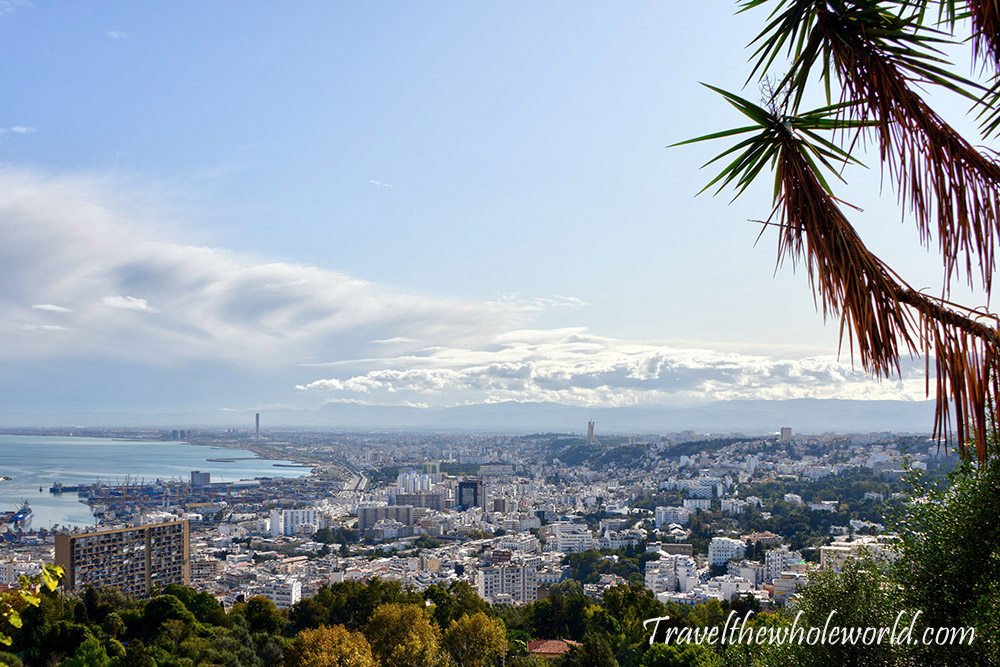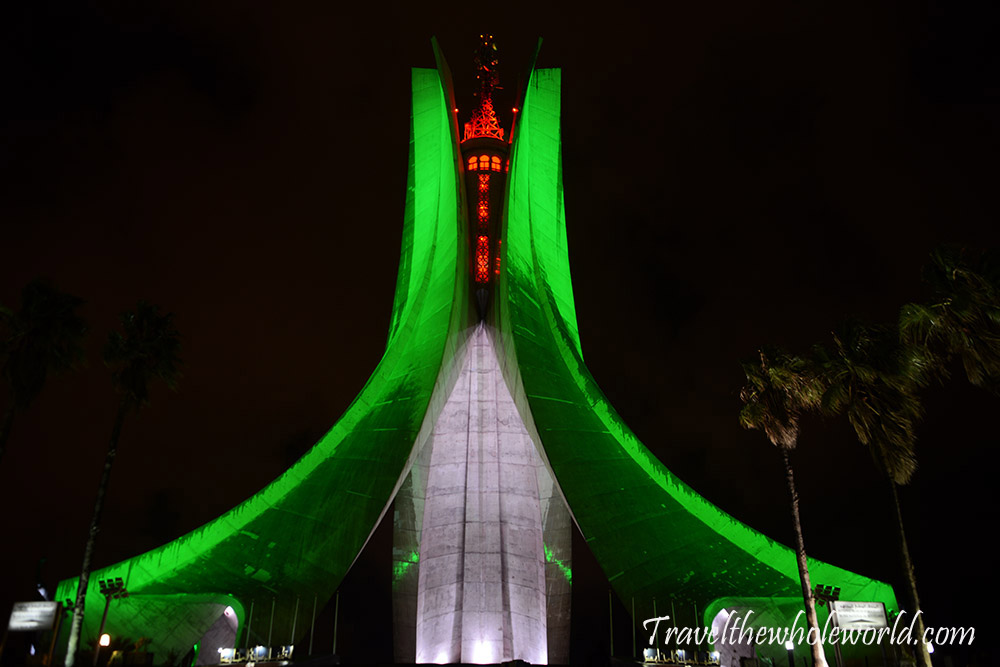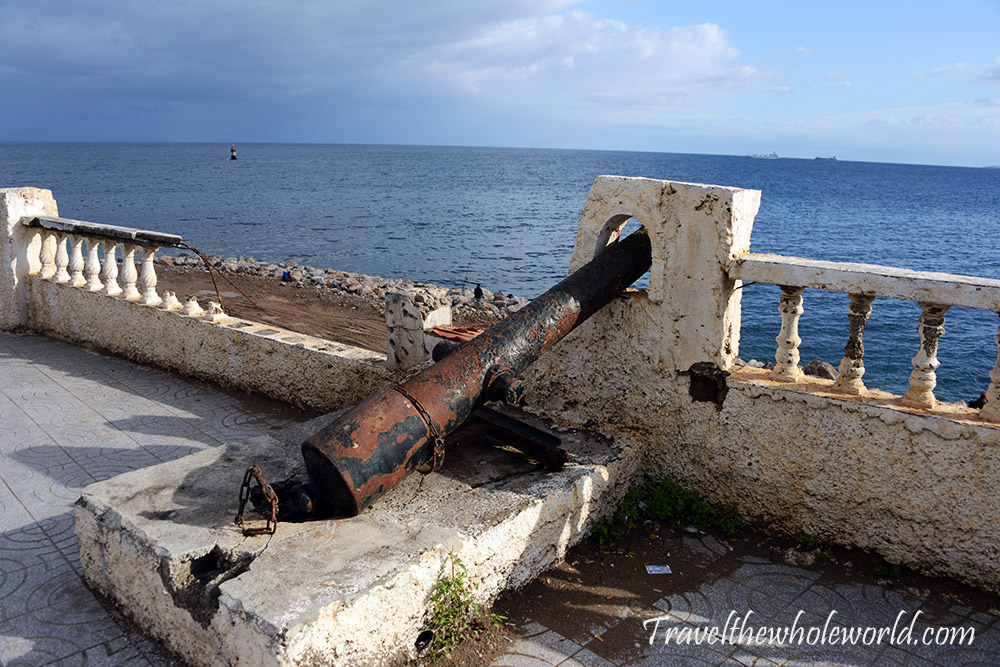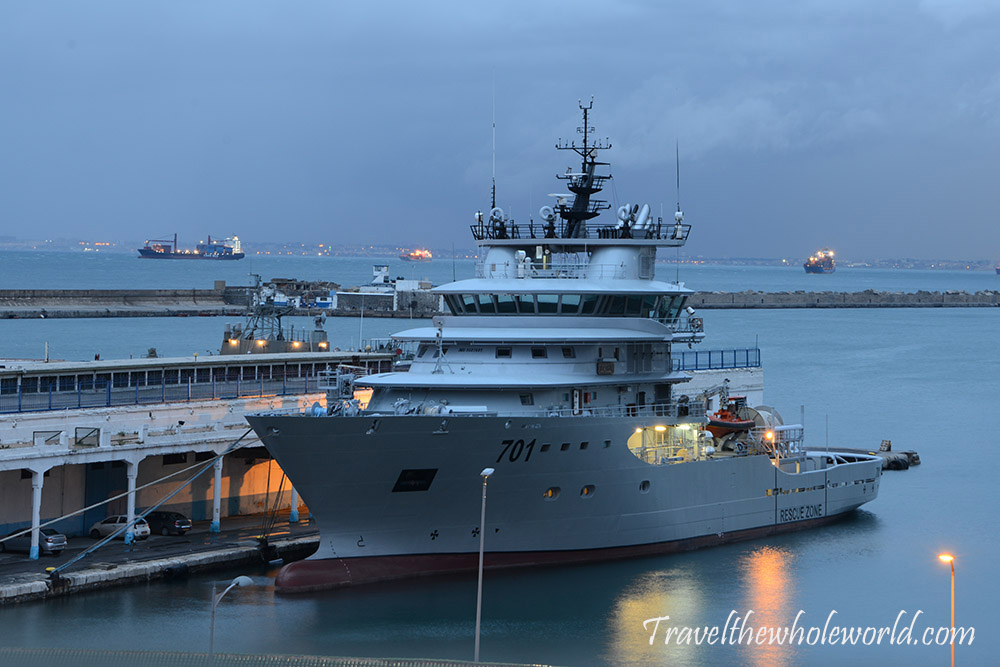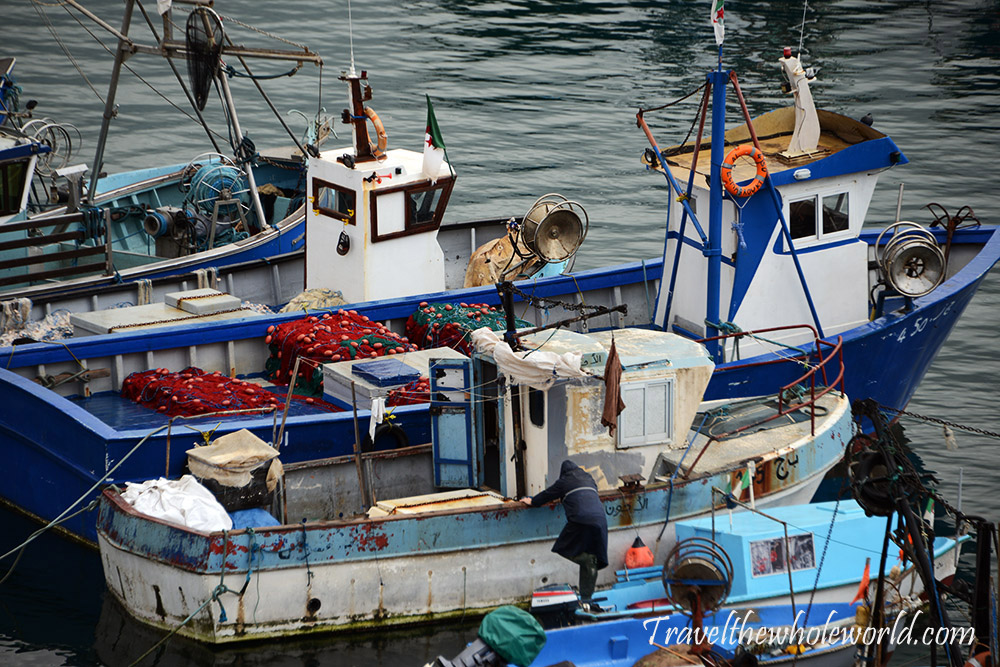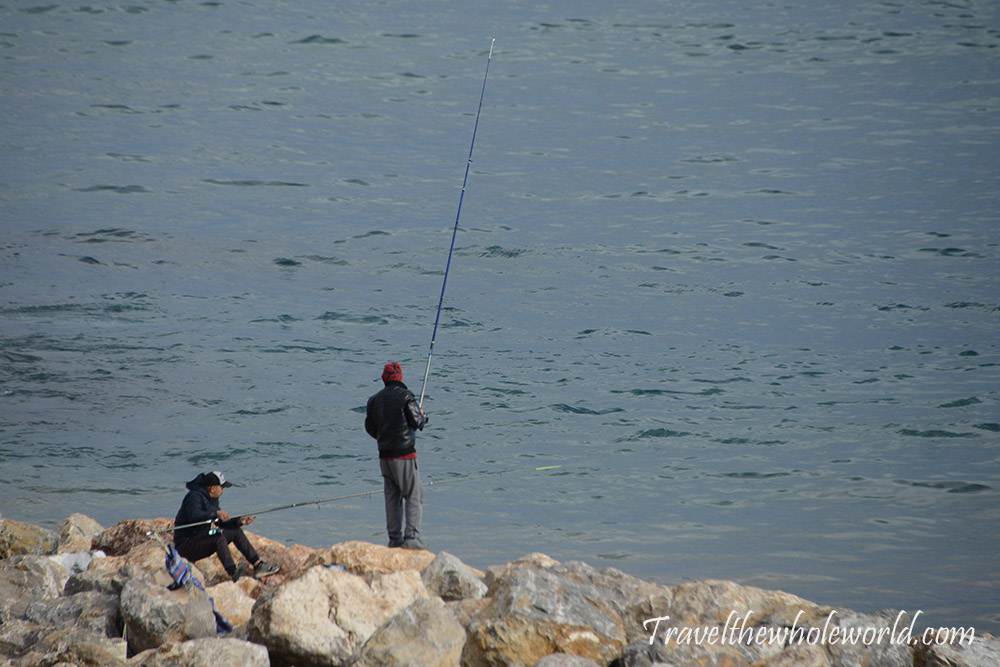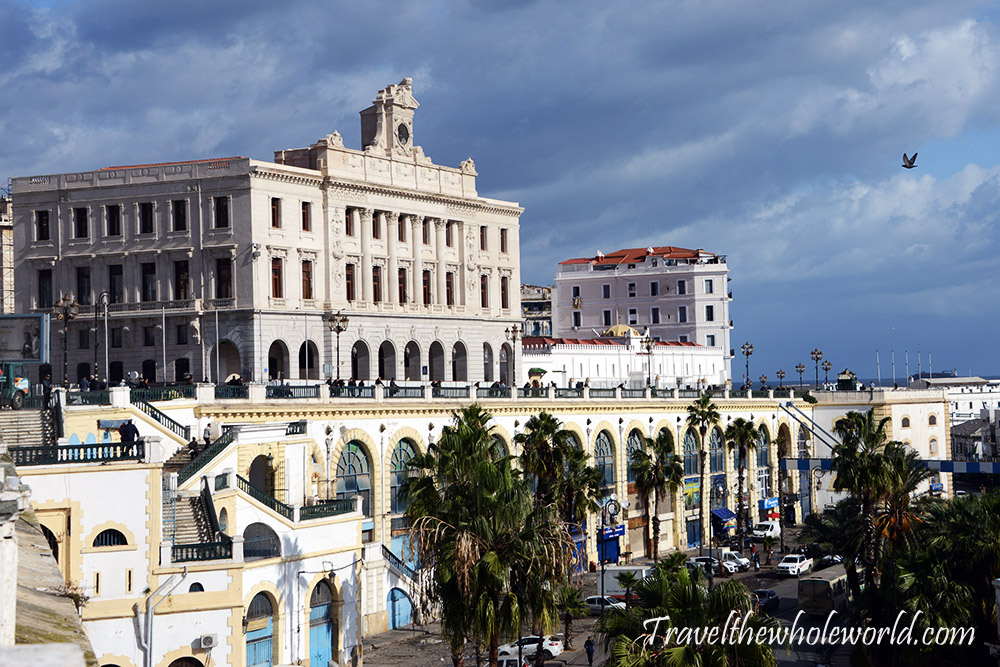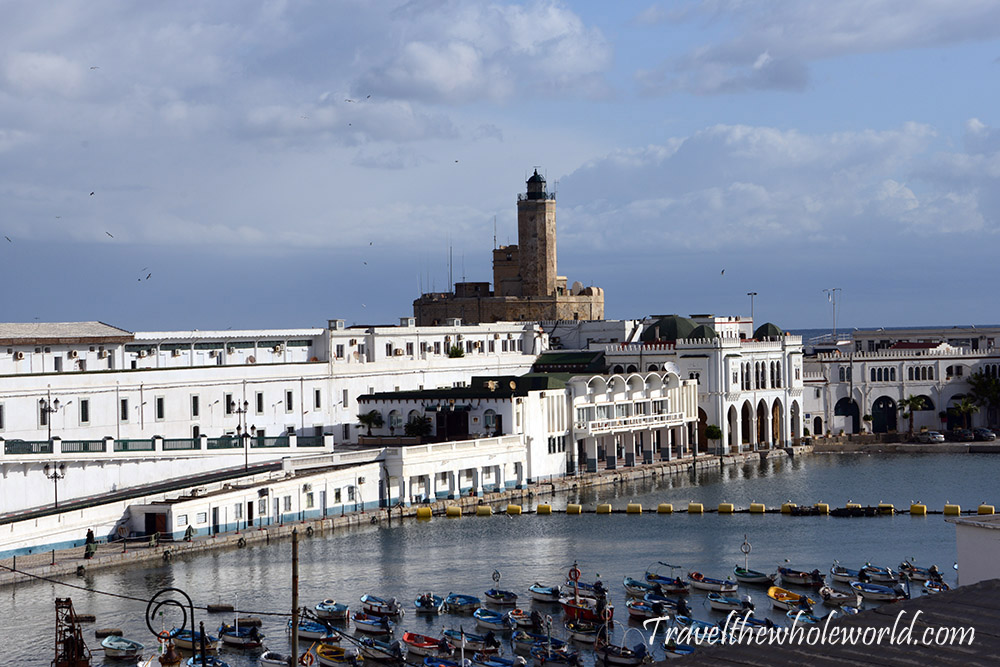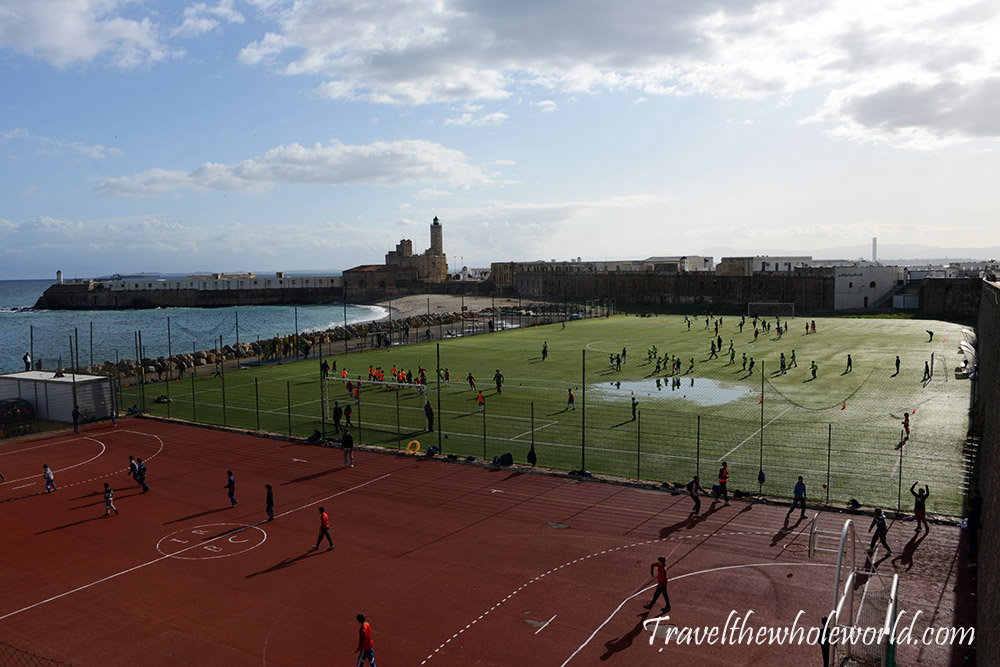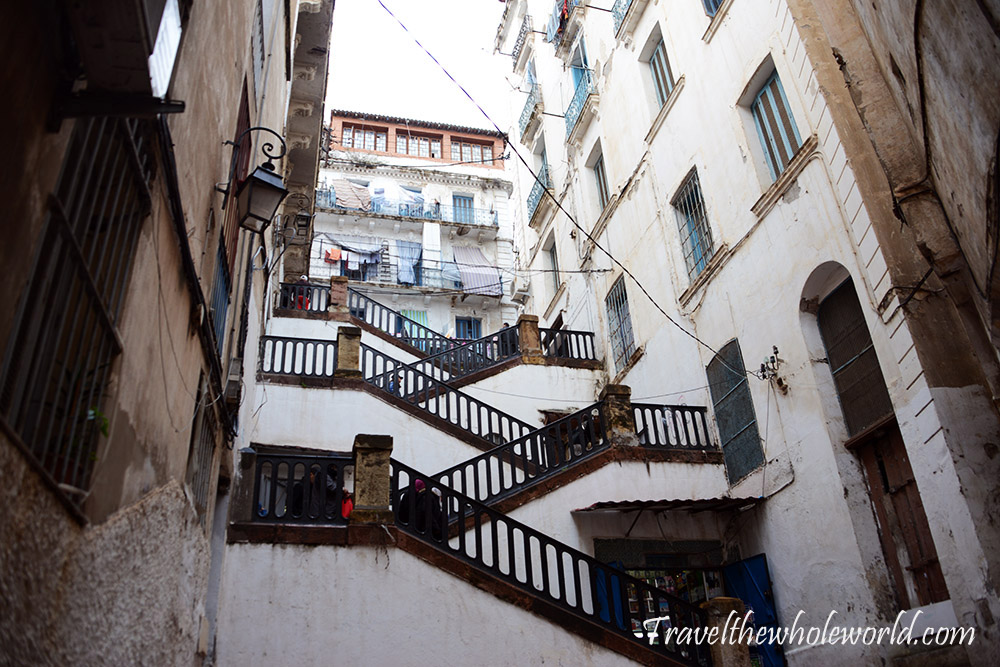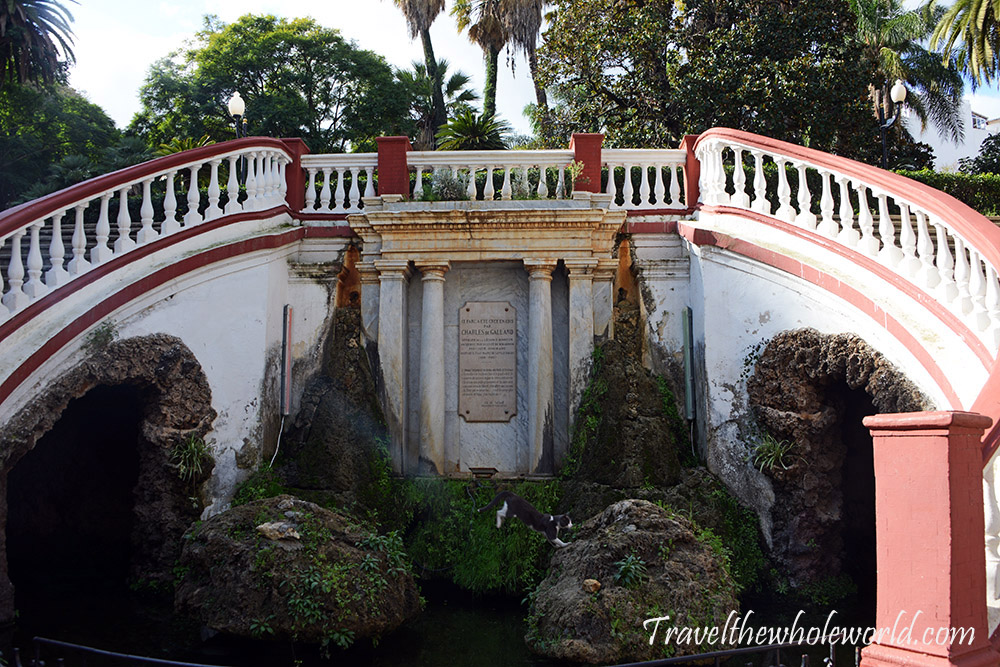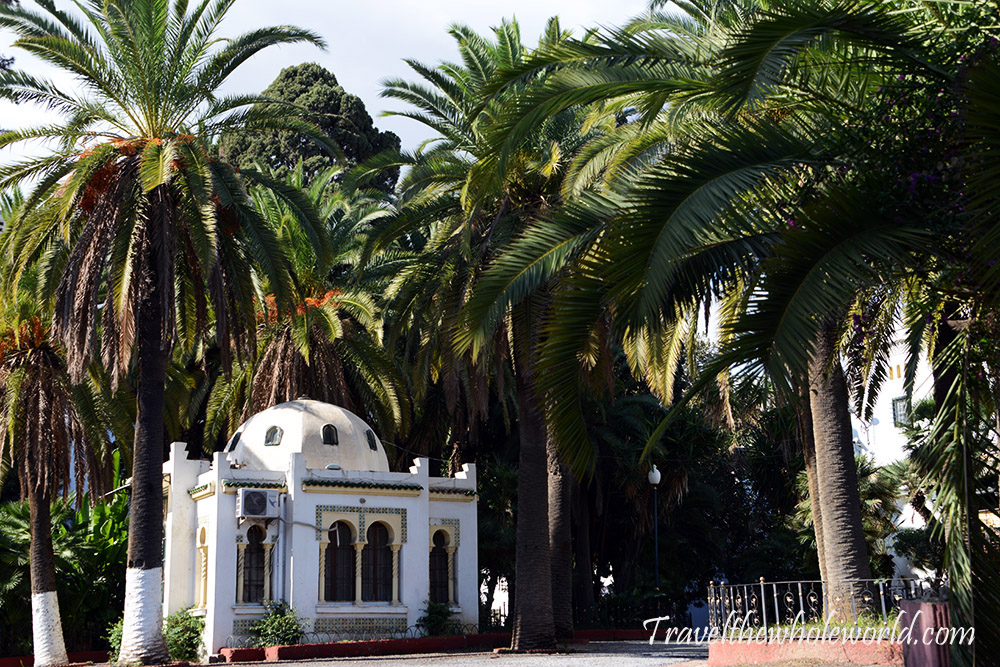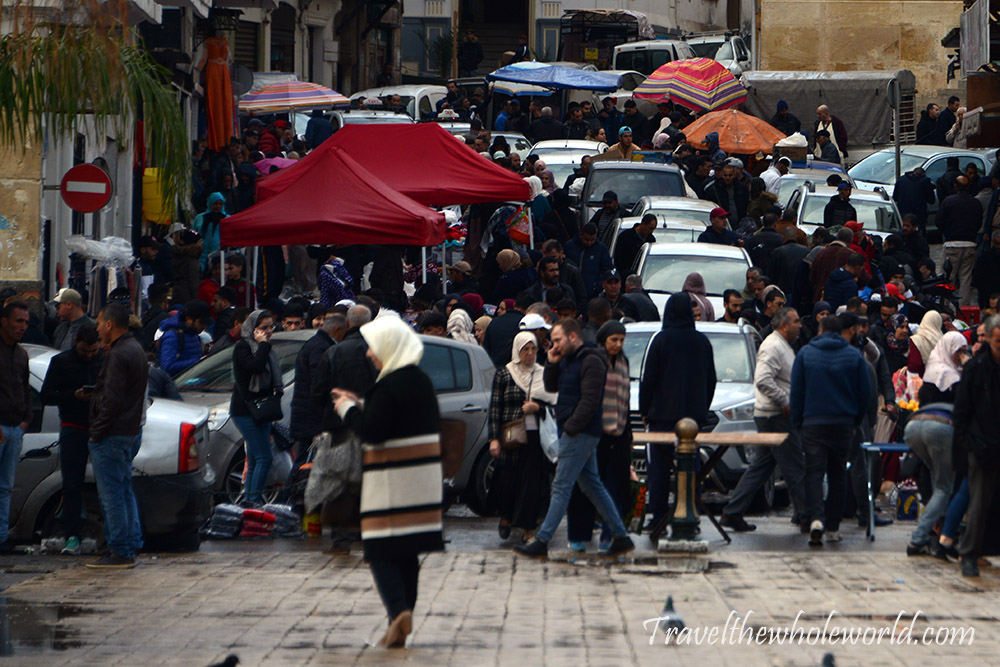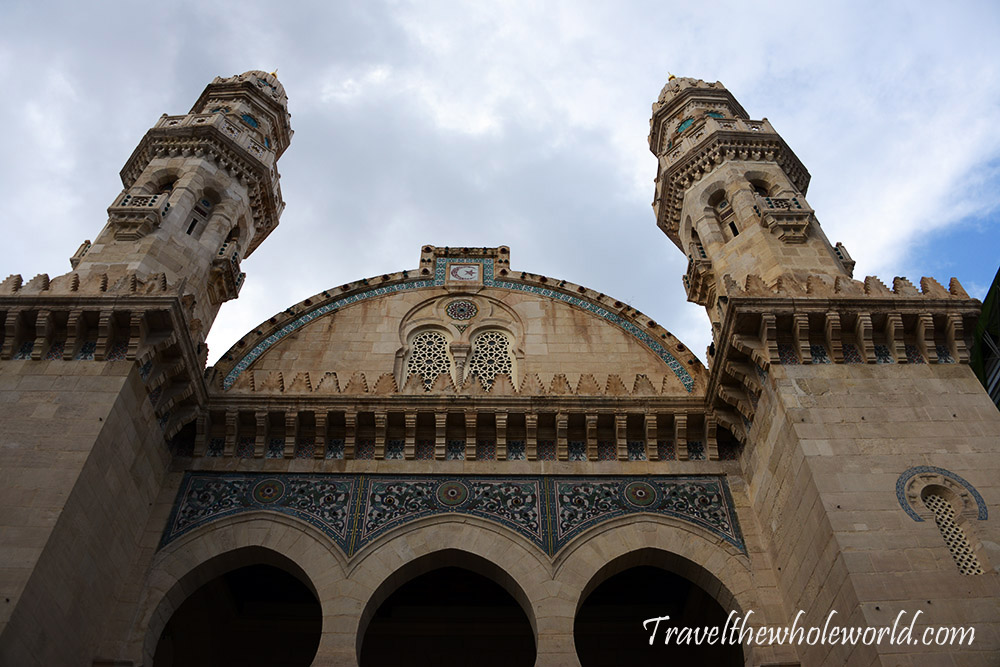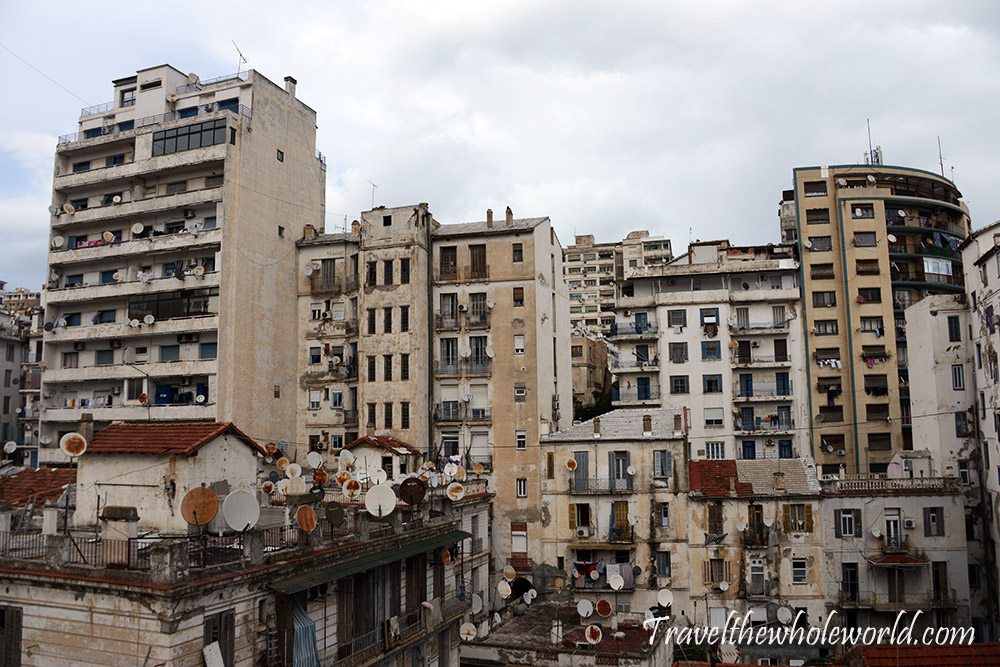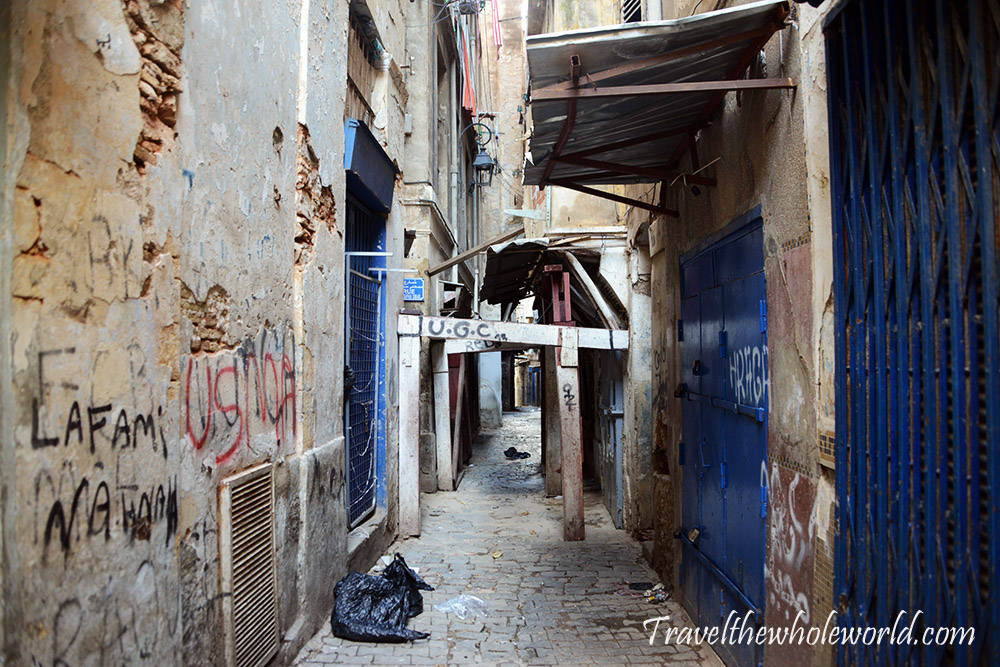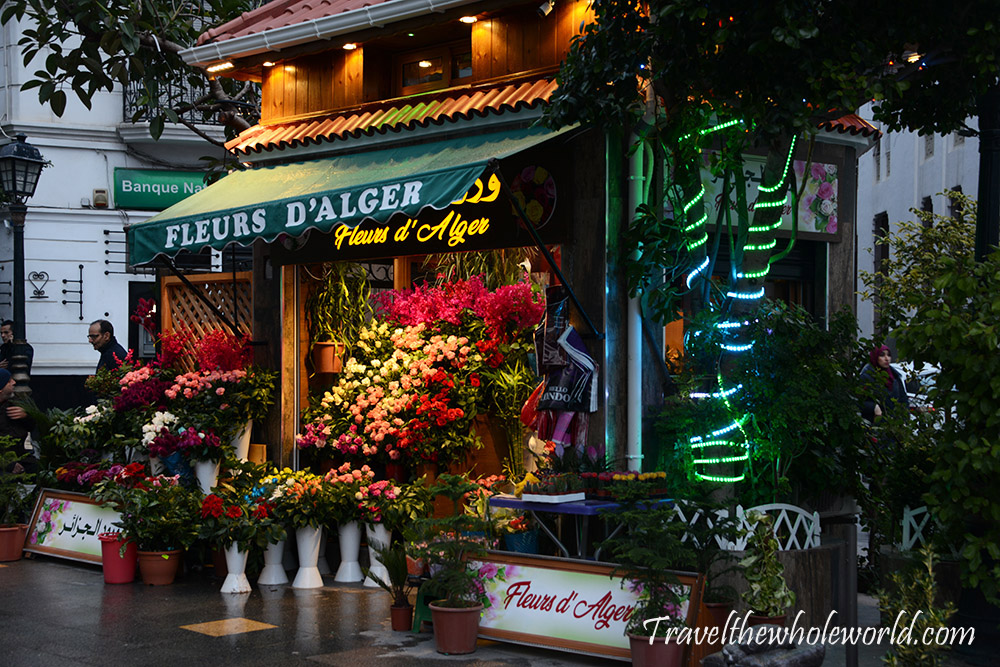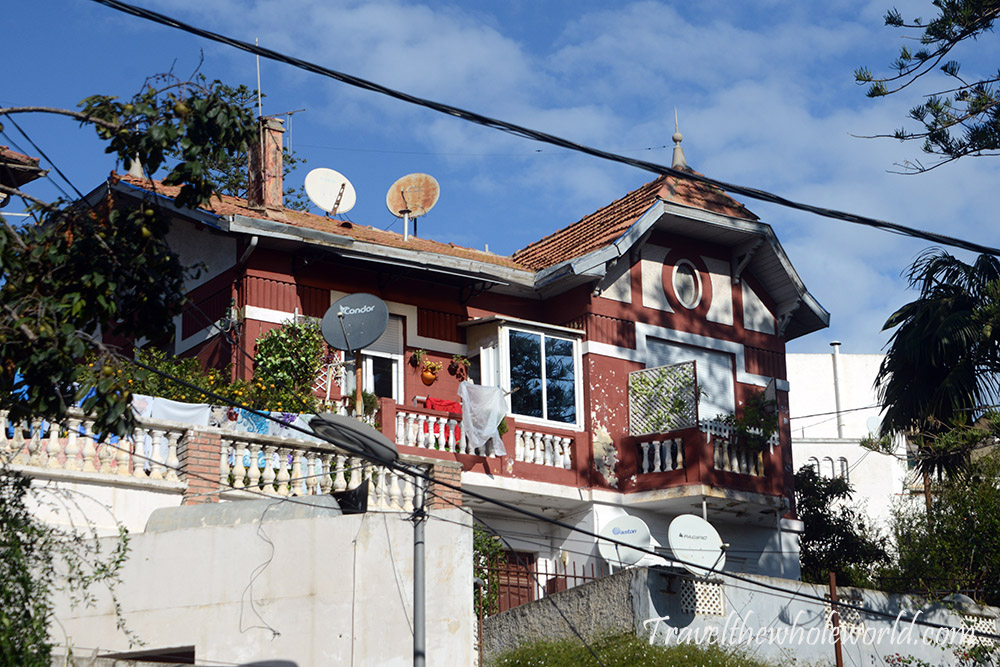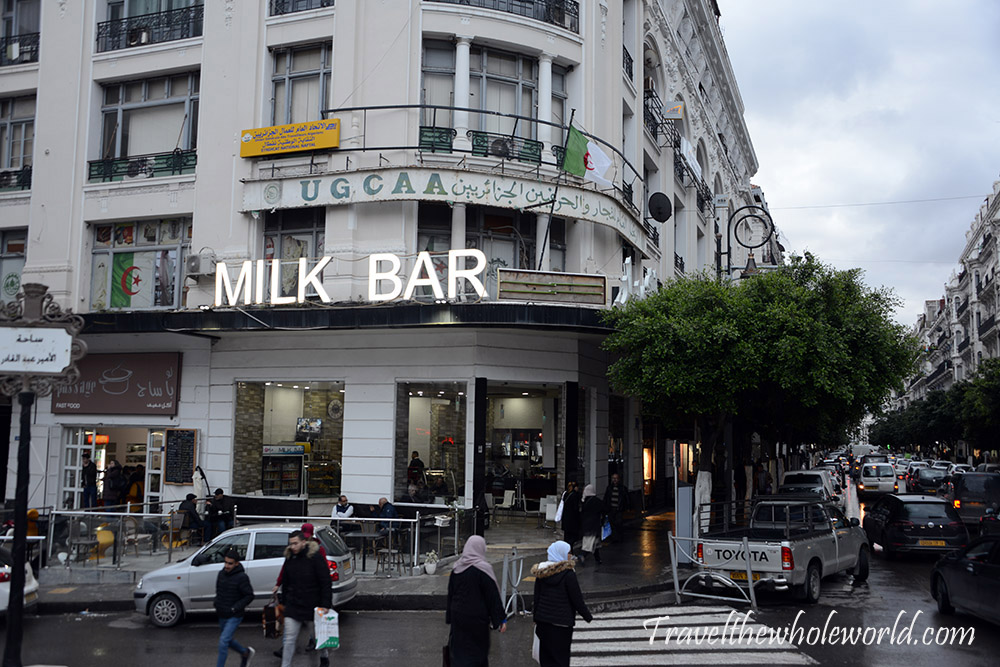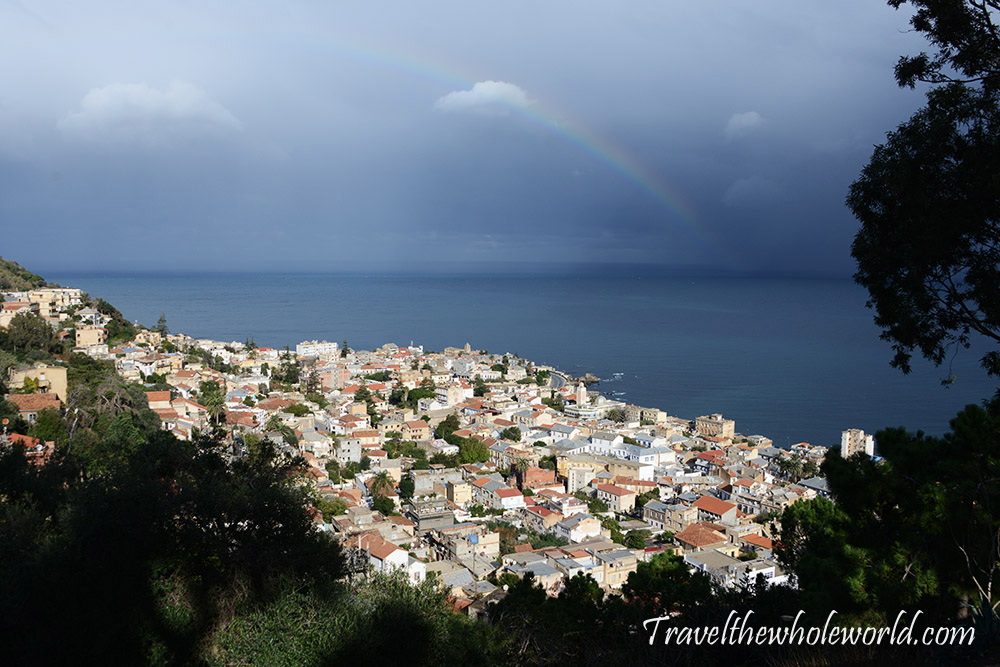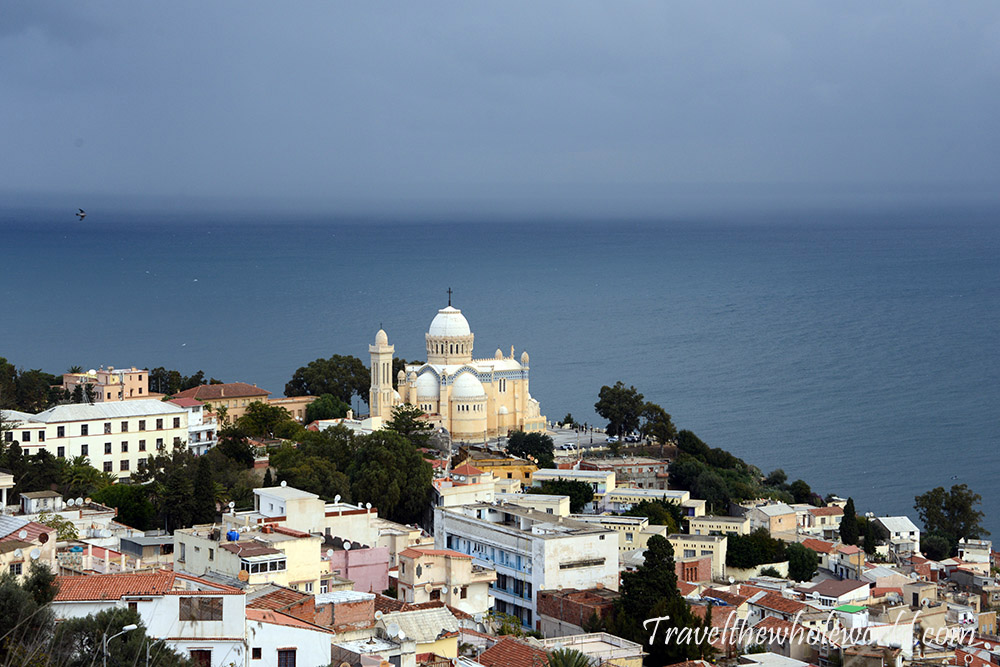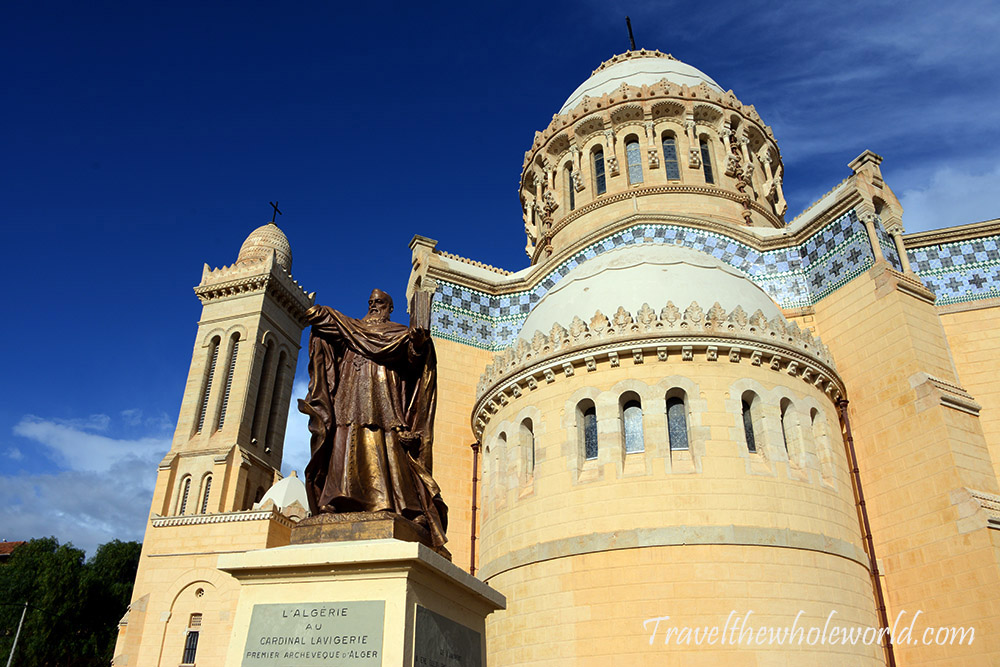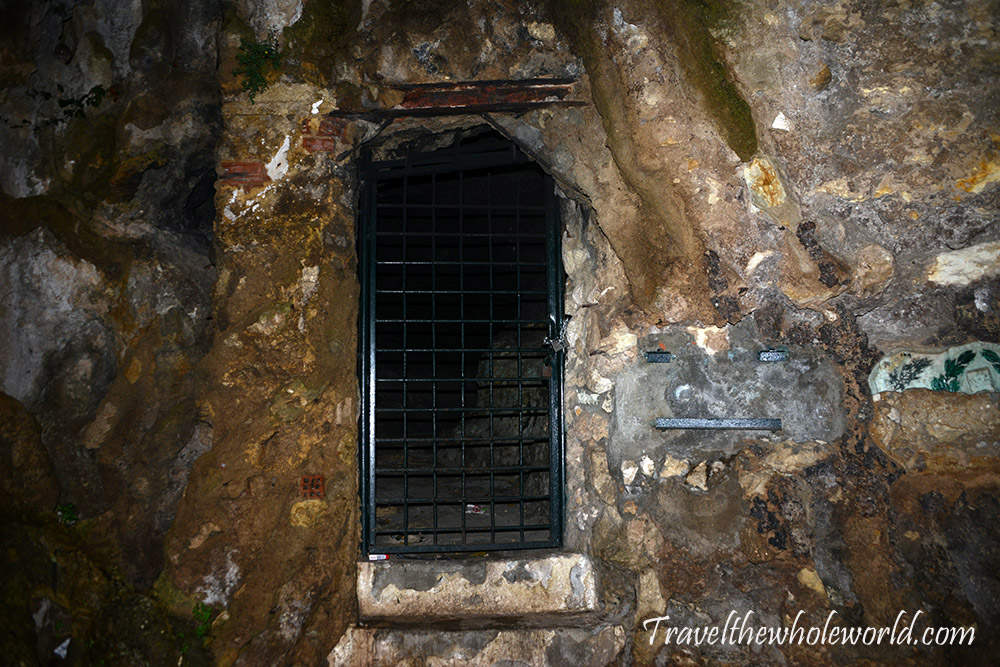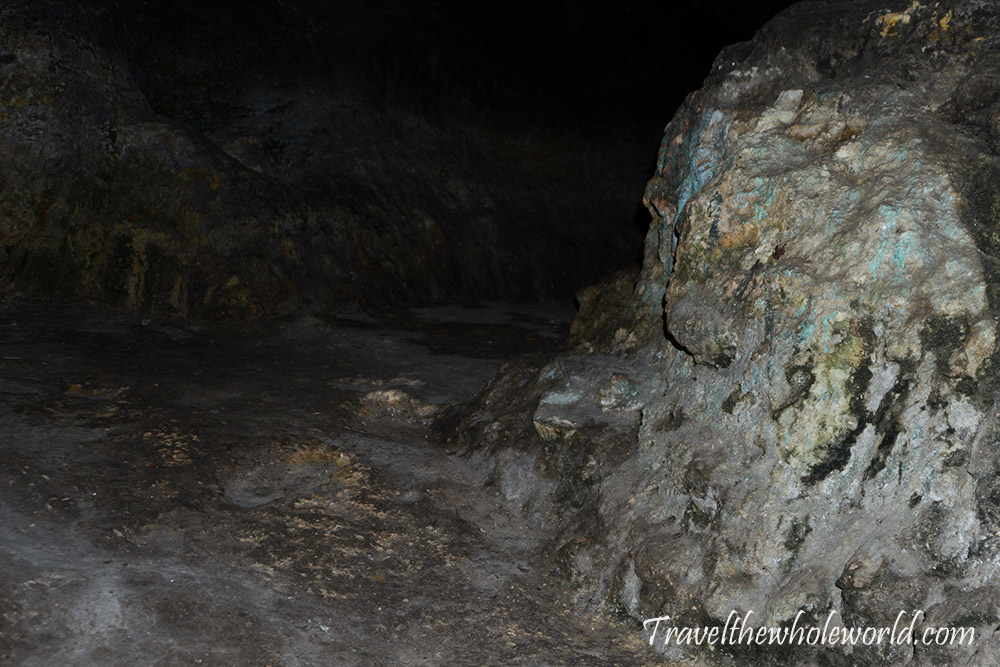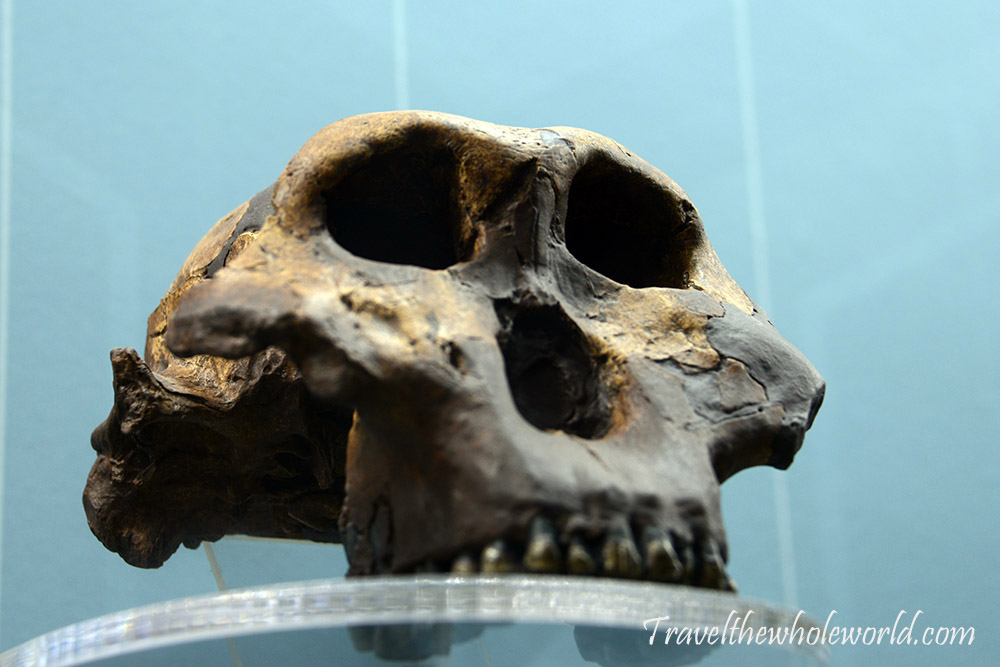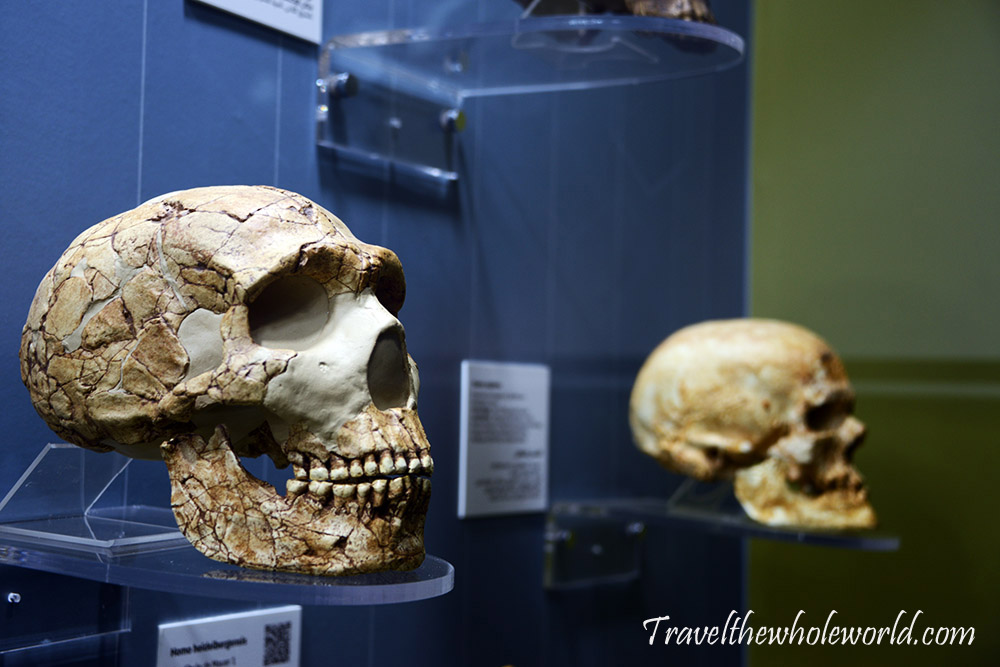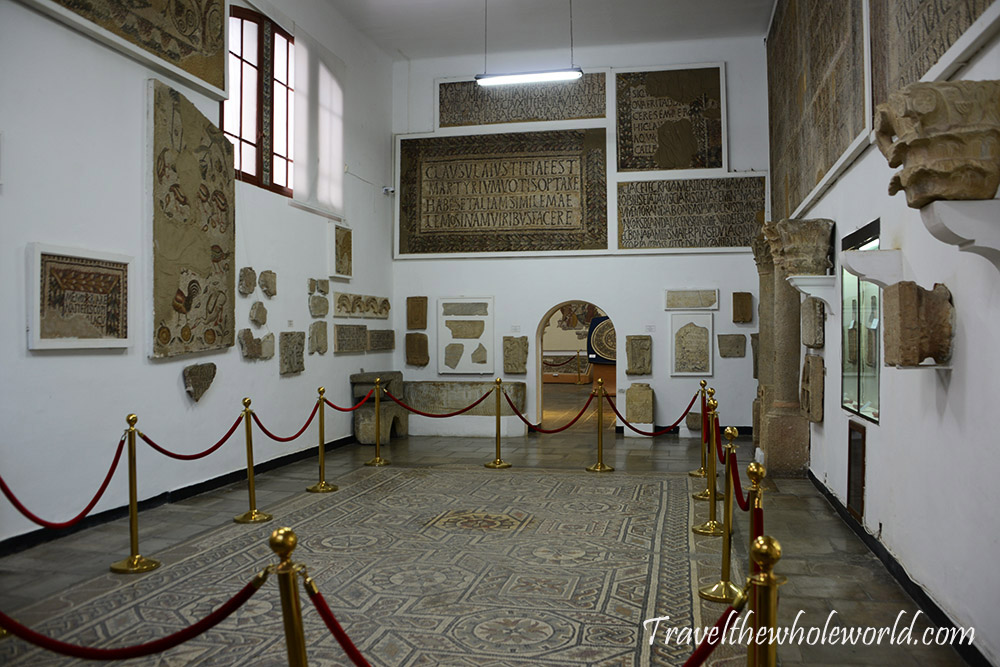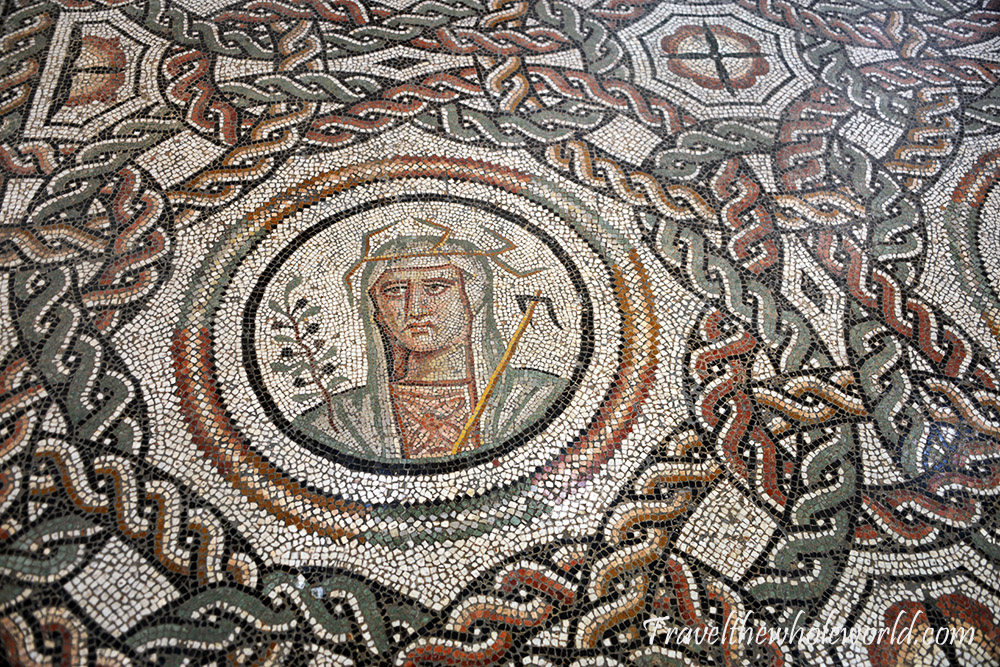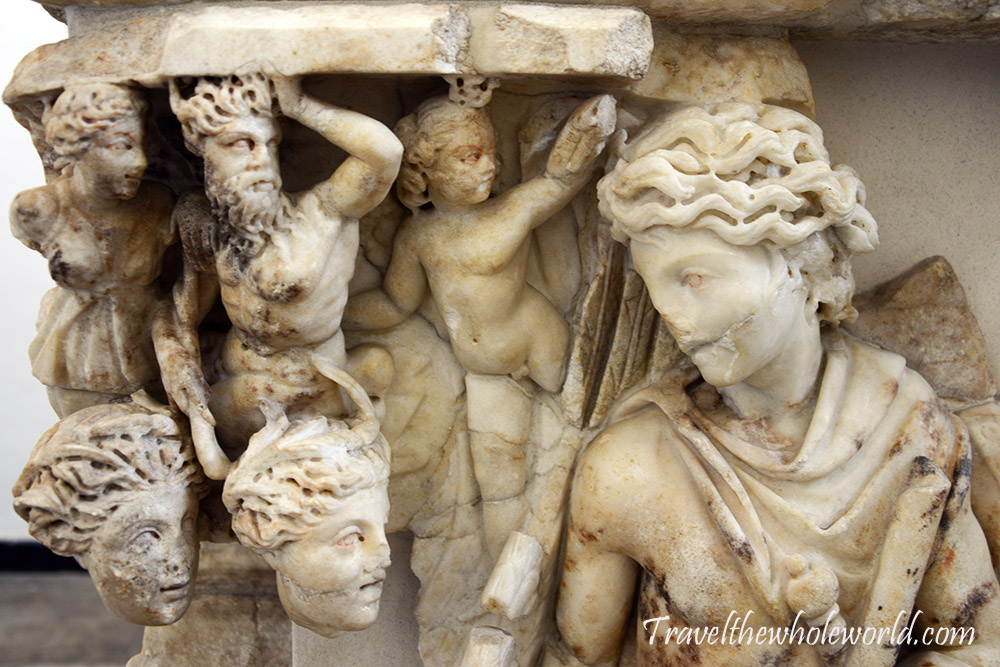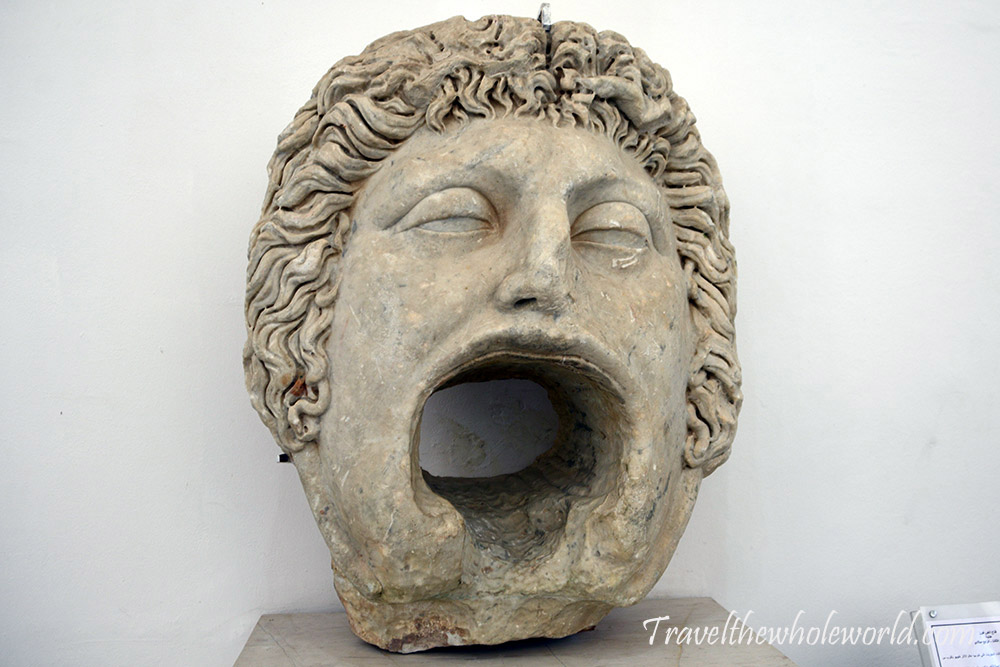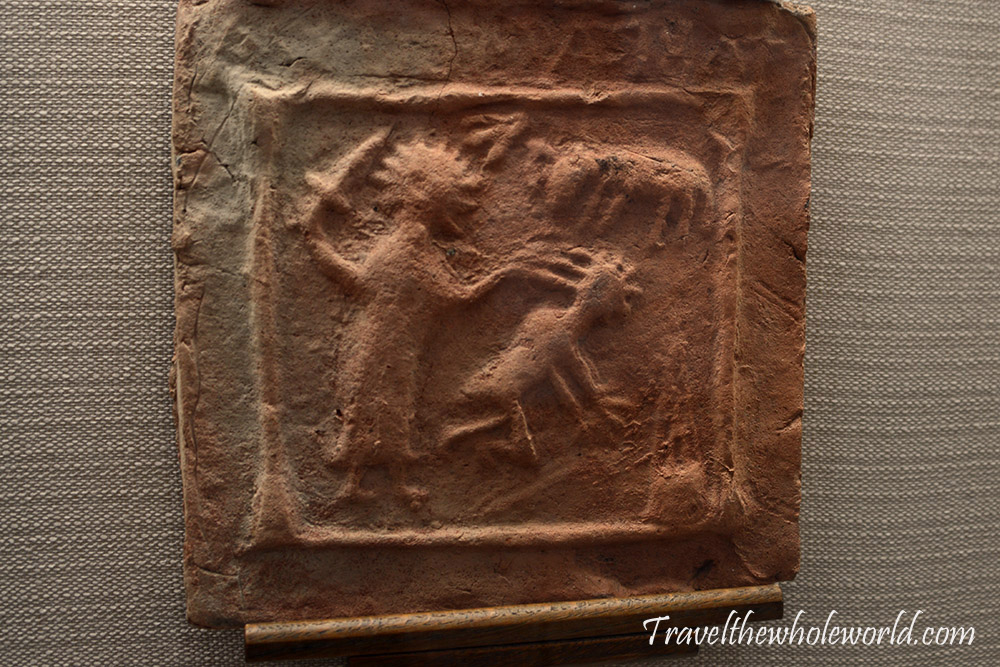Visiting Algiers
After my trip here I concluded that Algiers could possibly be one of the most underrated cities in Africa! With its seaside climate on the Mediterranean coast, French architecture, Roman history, and countless neighborhoods to explore Algiers is a place full of surprises and discovery. Just look how beautiful it is!
A quick background on Algiera; like most north African countries, it spent time as a French colony. Incredibly it wasn’t until the 1960’s Algeria finally had independence, and this was celebrated on the 20th anniversary in 1982, with the Monument of the Martyrs. It’s time as a French colony has left behind lots of French architecture and influence. French or Arabic is definitely the language to know here, and this made it a bit more challenging for me as an English speaker.
My first day in Algiers I started off exploring on foot. I had no destination in mind, but naturally ended up along the waterfront. Within minutes of stepping out of my hotel, I had a bit of a stumble and somehow kicked the curb as I fell. I was wearing flip flops and realized my pinky toe was facing a very unnatural 45 degree angle! Not a good start. I put it back in place and started limping tour of the city. Along the way I took these pictures of cannons along the coast, and a government ship below.
As I limped around I saw quite a bit of fishing boats along the port. Most of them were docked when I passed by but I saw a few out in the water. There were even a few guys who were directly fishing from the coast. When I took one of these pictures a local man sitting on a bench suddenly started screaming at me, so I stopped taking the photo and continued on my way. When I returned later I saw him yelling at other people, so he was clearly just crazy and it was nothing personal 🙂 .
Eventually I came across this one of my favorite parts of the city. The building above is the chamber of commerce, and a short walk later I reached this lighthouse below. I had hoped I could have walked all the way up to it and even enter it, but as it turned out it was part of a military base and off limits.
On the other side of the lighthouse was this massive soccer field with multiple teams of kids playing. It was definitely a beautiful location right on the coast with the lighthouse in the background.
Don’t let the coast fool you though. Algiers is actually a fairly hilly city. Just walk inwards a bit and you’ll find a natural steep wall of terrain along the city. These are compensated for by lots and lots of stairs!
Even the city parks must compensate for this. This park known as L’ancien Parc de Galland was by far my favorite. One of the entrances from a lower street ascends with these elegant stairs that surround a fountain. Higher up you’ll find a few gazebos decorated with palm trees. In the photo above you can make out a cat who was doing a bit of parkour in the fountain.
On one of my days here I was lucky to have two local friends show me around. Without them I would have surely missed out on an number of amazing places in the city. The market of Algiers or Kasbah was a place I would not have missed on my own, but was glad I didn’t after they warned me of thieves. I never felt unsafe in Algeria, and of all the world markets I’ve been to so far I didn’t see this the place where I’d be successfully pickpocketed! Regardless I always listen to the locals and was extra cautious.
Within the Kasbah is the most beautiful mosque I saw during my travels to the country. The Ketchaoua mosque dates all the way back to the 15 or 1600’s, and has stood in the center of the Kasbah ever since. Because it’s tucked away in the Kasbah is why it’s so hard to photograph. I most definitely could have done a better job but there are almost no angles you can stand at where you can properly see and appreciate this beautiful building. At one point you would have visited the Ketchaoua mosque and found Christian crosses here. When Algeria was a colony the French converted it to a cathedral. Since the country received independence it was restored again to a mosque. Less than 10 years before my visit the mosque was in desperate need of repair. The mosque was so badly damaged that the minarets were actually at risk of toppling over. Luckily when I was here it was already fully restored, and back to its former glory.
Some parts of the city were in need of a bit of restoration, but nothing major. Most importantly I never felt unsafe at all my entire time in Algeria! The photo above was taken from my hotel room where I was surrounded by residential apartments. Below is a random alley that I once passed through.
Here are two photos from more modern areas of Algiers. The small flower shop was located along one of the busy pedestrian streets filled with stores and restaurants. When I first came the streets were lined with police officers from protesters, but they all seemed indifferent to my presence. Below is a random western looking house that was a bit out of place in the city!
Not too far from the flower shop was the Milk Bar. I had passed it and almost thought to have lunch or a snack here. I later came back with some my friends who pointed out that the Milk Bar was the site of a terrorist attack. Algeria’s war for independence began in 1954 and included all sorts of tactics against the French. A woman who became famous for the massacre had been ordered to place bombs in the Milk Bar. She ended up killing over a dozen women and children, and was eventually caught and imprisoned. Later she was pardoned by France, and became a politician in Algeria.
On a happier note, here’s another picturesque view of the city with a full rainbow over the sea. Algiers is such a huge city that it brings a lot of diversity. You could be climbing some steep hills surrounding by buildings in the heart of the city, or a few miles away be in this beautiful coastal suburb.
This part of the city is in the north, much further than the lighthouse I had walked to. The first place they took me was the Notre Dame d’Afrique. The church was built in the mid 1800’s and is known for its mixture of the Roman and Byzantine architecture.
The church of Notre Dame d’Afrique was the first place my friends took me, but the last was one of the most important to me. I had absolutely no idea that the author of the famous novel Donquijote was imprisoned hundreds of years ago in this city. From this musty cell he was held for years, and wrote what many consider to be the world’s first modern novel.
And lastly if you like museums then you’ve picked one of the best countries in the continent. Algeria has several reasonably priced world class museums in its capital and other cities like Oran or Constantine. The best in my opinion is the Museum of Antiquities in Algiers. The place is absolutely enormous, and has everything from ancient humans to Roman ruins. Above is an ancient skull, followed by modern human skulls below.
The Museum of Antiquities covers lots of time periods, but the focus is certainly on Roman ruins and antiques. The entire northern coast of Algeria was once part of the Roman empire, and it left behind all kinds of treasures for us. The photo below shows just a section of an enormous mosaic. Created almost 2,000 years ago, it is known as the Mosaic of the Four Seasons from Ain Beida near Timgad.
Above is the Sarcophagus of Bellerophon which was discovered in 1934 at Azeffoun. Some of these sarcophagi even have the head of Medusa carved into them which was supposed to ward of bad luck. The statue below is a Gorgon from a fountain at Hippo Regius. My locals friends told me this statue had disappeared but was later found in the exiled home of the former Tunisian president!
And lastly after the Roman times came the Abrahamic religions. My friends who joined me pointed out the story behind this tablet. This depicts Abraham about to sacrifice his son to God. The story goes that God intervened, and instead told him to sacrifice a sheep which is in the background of the tablet. This is how the custom was later developed.
